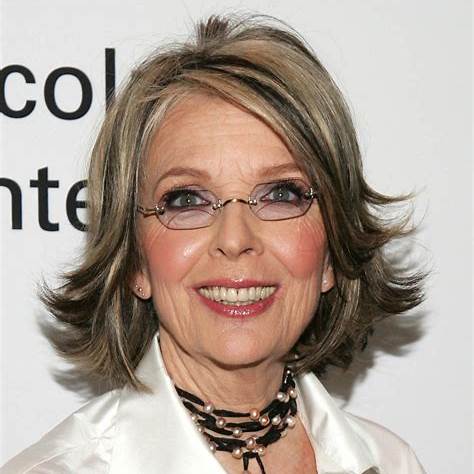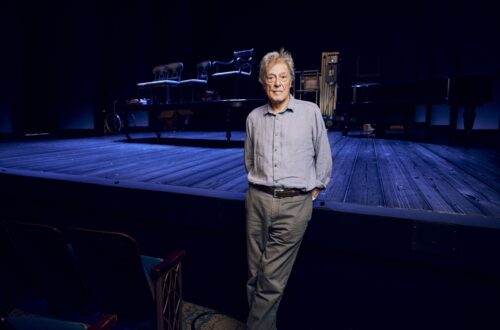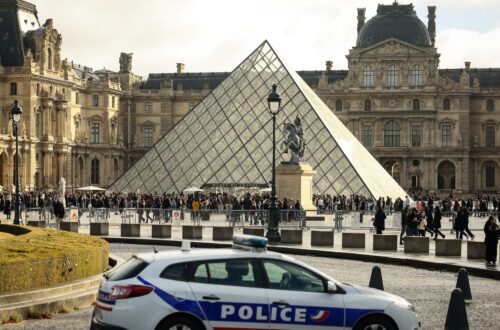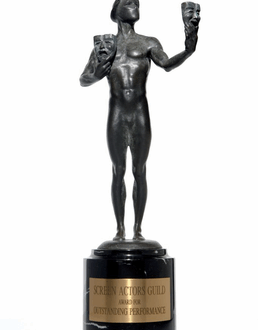Diane Keaton, the luminous and singular presence in American cinema whose style, wit, and emotional depth left an indelible mark on generations of audiences, died today at the age of 79. Her passing closes a chapter on a life lived at the intersection of art, identity, and authenticity.
Born Diane Hall in Los Angeles on January 5, 1946, she adopted her mother’s maiden name and early on embraced the eccentricities that would become her signature. She studied acting in New York, where her quirky persona found a home in a city that prized daring ambition. Her breakthrough came in the early 1970s, when she appeared as Kay Adams in The Godfather, a role that positioned her within cinematic history and foreshadowed the versatility of her career.
Yet it was her work with Woody Allen that would define her public identity: Play It Again, Sam, Sleeper, Annie Hall, Manhattan—films that spotlighted her charm, neurotic humor, and the tension between romantic longing and existential doubt. In Annie Hall, she redefined femininity in romantic comedy—eclectic wardrobe, emotional vulnerability, and intellectual precision—and won the Academy Award for Best Actress.
Keaton refused to be boxed in. Over decades she moved between comedy and drama with grace. In Reds, she portrayed the feminist intellectual Louise Bryant; in Looking for Mr. Goodbar she ventured into darker emotional territory; in Something’s Gotta Give and Marvin’s Room she explored love, mortality, and familial ties with wisdom and resonance. She made directors better by sheer presence, and her performances often felt like confidences—honest, tactile, and real.
Beyond acting she embraced other creative identities. She directed films and documentaries, photographed intimate corners of the world, and curated aesthetic touches in homes and collections. Her eye was her own: she leaned into asymmetry, expressive interiors, and costume details that whispered stories. Her voice offscreen was as vivid as the characters she inhabited. She spoke about aging, solitude, and creative urgency with a frankness that resonated.
Throughout her life she charted her own course. She never married, never settled for conventional definition. Her relationships, choices, and creative paths were all part of a mosaic she assembled thoughtfully. She was at once public and private, warm yet guarded, hilarious yet haunted. She taught us that identity is not a mask but a discovery, that career is not a ladder but a series of rooms one enters and exits.
Her legacy lives in moments of laughter made poignant, in silences brimming with meaning, in characters who felt alive beyond the frame. She inspired actors and audiences alike to see the fragile complexity of human hearts and the courage of everyday people. She widened the palette of possibility, especially for women who refused to be solely muse or mother.
Survivors include those who loved her work, those she mentored, and those she touched with quiet generosity. Her absence will be felt in interviews unwritten, roles unimagined, and conversations unfinished. Yet the films remain—proof of her power, proof of her voice.
In the months and years to come, tributes will pour in. Film festivals will program retrospectives. Younger actors will claim influence. And each time Annie Hall has a screening, or The Godfather rolls, she will appear in those frames, alive again.
For now, we say farewell—not to a star frozen in time, but to a spirit that flew, curious and brave. Diane Keaton is gone, but her art remains fluent, her presence enduring, her path open to anyone bold enough to chart theirs.




